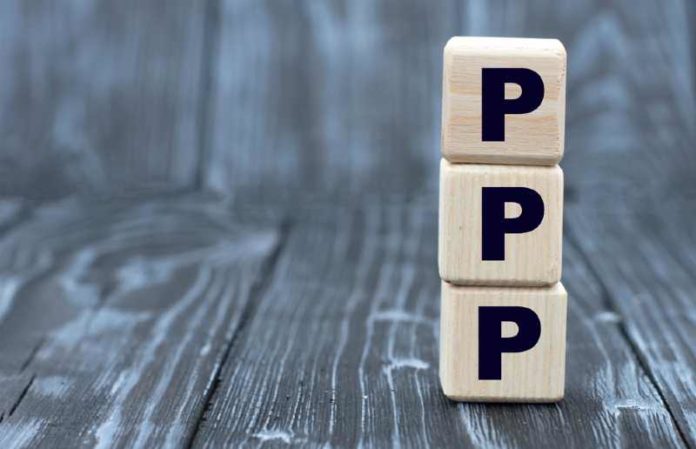In mid-April 2020, the Small Business Association (SBA) introduced the Paycheck Protection Program (PPP) aimed at helping businesses retain their employees during the Coronavirus (COVID-19) crisis. So far, the SBA has approved more than four million loans totaling over $500 billion and given a lifeline to many companies that likely would have gone out of business.
But nothing is ever as easy as it first seems. From the start complications arose when funds aimed at the Main Street businesses landed in the hands of large organizations like the owner of Ruth’s Chris Steak House and the publicly traded Fiesta Restaurant Group, which has more than 10,000 employees. Within days of introducing the program, the U.S. Treasury department issued “technical fixes” and clarifications to resolve discrepancies. However, the guidance also raised further questions about eligibility and loan forgiveness qualifications. Even up to mid-May, some borrowers remain unclear about these issues regarding their eligibility – and additional confusion is the last thing any small business needs right now.
Given this uncertainty, small businesses must remain immediately focused on instilling stability in their operations and finances. Financial institutions are bracing for a wave of defaults on mortgages, credit cards and other loan products. Banks and non-bank lenders alike are tightening their lending standards. For small business owners, historical safety nets, such as home equity lines of credit to cover business expenses, are going to become more difficult to obtain.
In this disarray, here are four areas in which small businesses can create order:
- Staff properly for the business that’s coming in the door right now or in the very immediate future, not for the business that was happening pre-pandemic. Consider staff that can serve cross functions for the near-term such as bookkeeping and customer service. Also look at temporary staff options though services or part time workers. If you did take a PPP loan, understand clearly both headcount and payroll requirements on the date PPP funds were received, since that will be a key date for measuring maximum forgiveness amount.
- Watch for PPP rule changes that may come in the next six to eight weeks. Lawmakers have been pushing for comprehensive forgiveness guidelines. There could be future changes related to what payroll expenses are eligible and what documentation borrowers will need to provide for loan forgiveness. Certain industries like restaurants may receive more flexibility because of unique circumstances such as food restocking and training to order to comply to social distancing requirements.
- Identify new sources of credit or cash. Even companies that are following a stringent budget run the risk of small businesses’ worst nightmare: running out of money. Early detective work can help avert anxiety about cash flow. But don’t count on easy credit or a smooth return to past sources of credit — for companies relying on the owner’s home equity to fund the business, for example, refinancing opportunities are drying up. Short-term loan consolidation with a lower interest rate, loans against whole life insurance policies, and deferring salaries may provide a float until business picks up. Additionally, although borrowing from retirement funds is traditionally a last choice, the CARES Act allows taxpayers who have funds in retirement accounts to take early distributions from those accounts without being assessed the usual 10% penalty. In addition, even though such withdraws from retirement accounts remain taxable, those taxes may be refundable if the funds are reinvested back into the account within three years.
- Review your business tax planning approach. For income tax reporting purposes, if the company has been carrying forward net operating losses, recent legislation allows these losses to once again be carried back. So, it is important to check with your accountant to determine if there’s an opportunity to amend prior year tax returns and obtain a cash refund. Also, as of now it appears that amounts forgiven under PPP cannot also be recognized as expenses for 2020 income tax returns, however legislation is being considered to change the rules that would allow for both the costs being forgiven and for the costs to be reported as expenses for 2020 tax returns. Watch this issue – it may impact the amount of cash outlays required for quarterly estimated tax payments.
Small businesses are facing strong headwinds in the coming weeks and months. Even companies that received PPP funds must manage staff, employee benefits, rent, taxes and other overhead costs. Businesses that focus on stabilizing operations with multiple strategies and under a range of financial scenarios will stand a much better chance of weathering the chaos – and will have much greater odds of returning to business as normal in the post-COVID environment.
John Scully, PhD, CPA is a Practitioner Lecturer of Accounting and Finance at Pepperdine Graziadio Business School in Los Angeles.
PPP stock photo by Zhanna Hapanovich/Shutterstock







